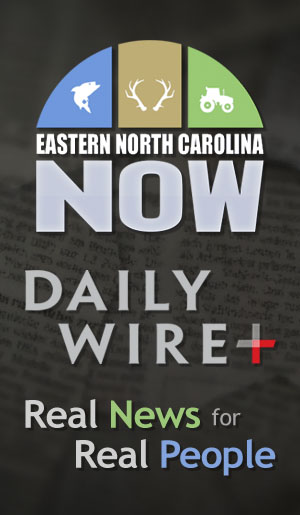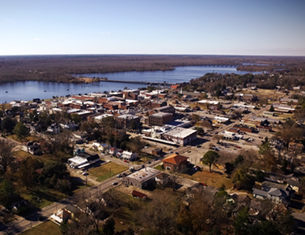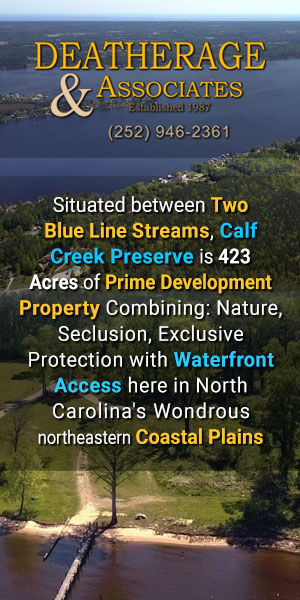Publisher's note: The author of this post is Sarah Curry, who is Director of Fiscal Policy Studies for the John Locke Foundation.
Many times we hear about the state of North Carolina entering into agreements with corporations to promote economic development, but did you know that local municipalities do the same?
North Carolina is home to 552 incorporated cities and towns, all of which derive their spending authority from the General Assembly. Cities in North Carolina are only legally required to provide a single service, building code enforcement, yet have been authorized by the state legislature to engage in economic development activities. Because municipalities are creations of the state, they must be granted statutory authority by the state to engage in economic development. Actions required for a local government to offer incentive payments are broadly laid out in the North Carolina General Statutes.
While every city that offers incentives must keep records, there is no reporting requirement. That means that cities are free to maintain unique ways of documenting their economic incentive activities. I collected this data through multiple public records requests, and after more than a year of work, it still was not complete.
Following this research, it is clear that the North Carolina General Assembly should mandate that municipalities meet a standardized reporting requirement for all economic development activities. In addition, legislators should require that all economic incentive data be collected by the Local Government
Commission and published in a way that gives taxpayers access to aggregate and city-specific economic development expenditures and readable documents.
Because there are so many towns and cities in North Carolina, I focused on the largest cities with a population of 70,000 people or more, which equated to 13 cities. Between July 1, 2009 and June 30, 2014, all of these cities participated in economic development activities. Collectively, they entered into 238 economic development contracts worth more than $65 million over the five-year period. Actual payments, however, totaled $20.2 million. The difference between contractual and actual payment amounts reflects the fact that many agreements are made in one year but are paid over multiple years.
Of the thirteen cities included in this study, most lie within three large metropolitan areas linked by North Carolina's interstate corridors. The most populous metropolitan area includes Charlotte, Concord, and Gastonia. The communities in that area approved a total of $17.4 million in incentives over five years. The next largest area was the Durham, Raleigh, and Cary metropolitan region, which approved $12 million during the same period. The Triad, the least populated of the three major metropolitan areas, approved $27.2 million in economic development contracts. This region also had the highest actual payments, $6.6 million during the period under review.
The remaining cities fell outside of the three main metropolitan areas. Cities like Wilmington and
Asheville are anchors of economic activity for their respective regions. Asheville in particular had a considerable amount of economic incentive activity during the five-year span. Both Fayetteville and
Greenville entered into economic incentive contracts but did not exceed amounts offered by comparable cities.
There were few unexpected trends or extraordinary activities among cities analyzed during the five-year span. Economic incentives at the municipal level tend to be focused within the state's largest population centers and Asheville. Overall, Winston-Salem and Asheville approved economic development funding of over $80 per resident, the highest per capita appropriation in the state. Durham and High Point approved a comparatively modest $39.39 (Durham) & $35.46 (High Point) per resident. When evaluating how much taxpayer money was actually paid to the private, public, or non-profit recipient, Concord led the pack by paying nearly $29 per resident. The next highest payout figures were Winston-Salem at $20.45, Fayetteville at $15.31, and Asheville at $11.65 per capita.
If you want to see more details about this research, click
here for the most recent JLF report — City Incentives in North Carolina: How Large Cities Are Using Taxpayer Dollars.


























NC had declined significantly in recent years and that needs to be the focus of the WHY --- since is happened as Conservatives began to rule this state . . .